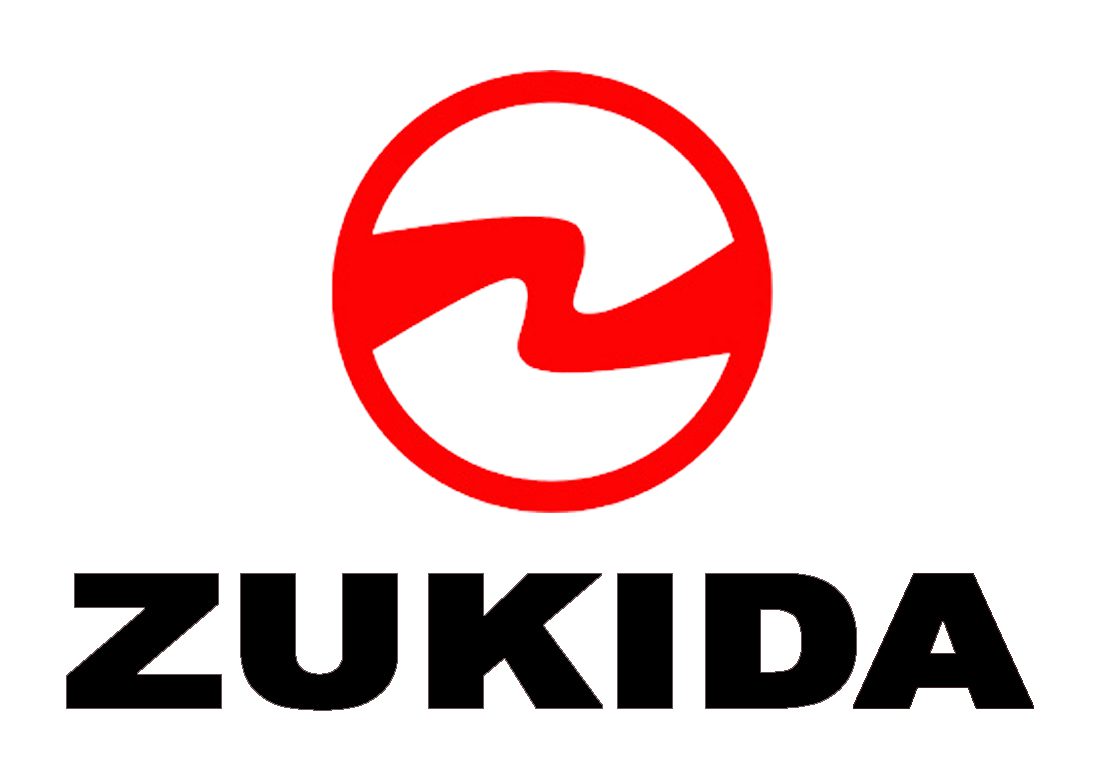Precautions for the Use and Maintenance of Motorcycle in Winter
Due to low temperature in winter, gasoline is not easy to vaporize, battery capacity is reduced, rubber and plastic parts become hard and brittle, oil viscosity increases, etc., which will cause seasonal faults of motorcycles. In order to use the motorcycle normally, please pay more attention to the following issues when using and maintaining your motorcycle:
- In cold areas, winter engine oil is suggested for motorcycles
Generally speaking, the engine oil viscosity grade of the motorcycle is 10W-30 or 10w-40, which is suitable at an ambient temperature above – 20 ℃. If the winter temperature in cold areas may be lower than – 20 ℃, we suggest using winter engine oil with a viscosity grade of 5W-30 in winter, which is suitable at an ambient temperature above – 30 ℃ and has better low-temperature resistance than 10W-30 or 10w-40.
- If you’re in cold areas, we suggest you place your motorcycle in heated rooms if possible.
As the temperature drops, the battery capacity will naturally decrease, and the normal electric starting times of the motorcycle will be reduced accordingly, which is prone to the failure of battery power loss and difficult starting of the motorcycle. Placing the motorcycle in a heated room can alleviate the decline of battery capacity and avoid electric starting failure effectively.
- Charge the battery in time to avoid freezing and scrapping the battery.
When the battery loses power and the voltage is only 11.7 V, it will get frozen at the temperature of – 7.7 ℃ and be scrapped; When the battery is fully charged and the voltage is 12.67v, it only gets frozen at the temperature of – 68 ℃. In other words, as long as the battery is fully charged, it will not get frozen and be scrapped in cold areas. Therefore, the battery should be charged in time in winter, especially in cold areas, so as not to lose power and avoid freezing and scrapping the battery
- After the cold engine is started, it shall be fully preheated at idle speed, and the accelerator shall not be blown up for preheating.
When the cold engine is started, the engine temperature is very low, the engine oil viscosity is high and the fluidity is poor, it cannot reach the surface of all friction parts in a short time. In this circumstance, if the accelerator is blown up, the wear between parts will be exacerbated; When the accelerator is blown up when the engine temperature is low, the gasoline is not easy to vaporize, and more liquid gasoline enters the cylinder, which will dilute the lubricating oil film on the cylinder wall and aggravate wear.
- Thicken the mixture appropriately
As the ambient temperature is low, the gasoline is not easy to vaporize, and the air density also increases, which may easily cause lean mixture, resulting in difficulties in starting, easy flameout after starting, poor acceleration performance, and other faults. In order to avoid the above faults, professional maintenance personnel should be invited to properly enrich the mixture by adjusting the carburetor mixing ratio screw and the position of the main oil needle.
- Clean up the carbon deposit in time
In cold weather, the riding speed is usually low, and the riding mileage is short. When riding at low speed for a long time, the mixture cannot be completely burned, and carbon is easy to accumulate at the spark plug, valve, and piston, which will affect the riding and even make the vehicle unable to start. Therefore, the carbon deposits in the above parts shall be cleaned in time during use and maintenance.
- Ride the motorcycle at high speed for long-distance travel from time to time, to avoid engine oil emulsification.
Part of the water vapor generated by the combustion of the combustible mixture in the engine will rush into the crankcase. Under normal circumstances, these water vapors will be discharged through the crankcase vent hose. However, in winter, the ambient temperature is low, the engine temperature rises slowly, and the oil temperature in the crankcase rises more slowly. The water vapor condenses into water in a low-temperature environment and enters the oil. There is too much water in the oil, which causes oil emulsification after stirring. Therefore, full preheating before driving and timely high-speed and long-distance driving (driving at the speed of 50 ~ 60km / h for more than 20 minutes) will not cause oil emulsification. Even if there is emulsification, the water in the oil will evaporate and be discharged from the crankcase through the vent hose, so as to eliminate emulsification. In addition, always check the color of the oil. If the oil turns white, replace it immediately.
- Reduce the tire pressure properly when riding on ice and snow roads.
When riding on icy or snow-covered roads, the motorcycle is easy to slip out of control. On this occasion, you can properly deflate the tire, reduce the tire pressure, so as to increase the tire grip area and reduce skidding.

